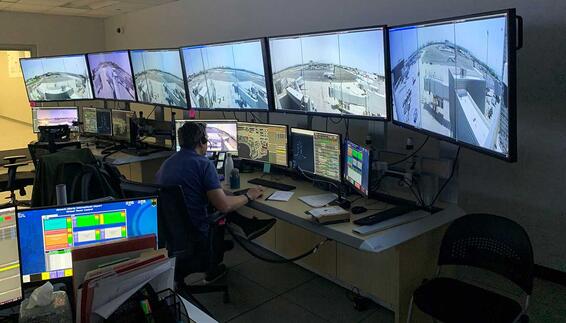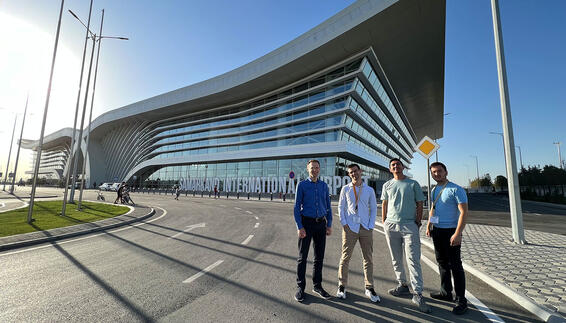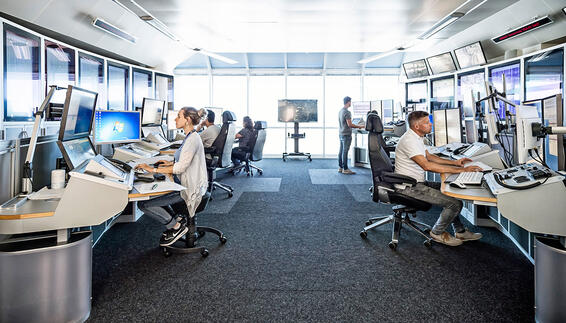A pivotal shift is underway in traveler behavior: a growing willingness to invest in elevated experiences, especially those perceived as meaningful and personalized. This evolving passenger preference presents a strategic and timely opportunity for airports to significantly enhance both customer satisfaction and crucial non-aeronautical revenue streams.
Luxury hospitality offers a valuable model for airports. Known for their exceptional service and attention to detail, luxury hotels prioritize creating memorable, tailored experiences. The Tremont Hotel in Boston, built in 1829, is often cited as the first luxury hotel, setting new standards with amenities like private bathrooms, door locks, and a steam-powered water system. Hotels began competing on service, architectural grandeur, and enhanced dining. Luxury hospitality continues to evolve, embracing technology and personalized experiences. The focus has shifted from mere grandeur to curated, exclusive, and often intimate experiences. Drawing from the luxury hospitality sector, where premium room upgrades and exclusive VIP zones are commonly offered and well-received, airports can similarly develop tiered service models that provide travelers with differentiated, high-value experiences.
Elevating the passenger experience
At the heart of luxury hospitality lies a simple yet powerful distinction: the difference between a customer and a guest. A customer is someone who purchases a service - a transactional relationship that often ends at the point of sale. A guest, on the other hand, is someone welcomed with care, empathy, and intentionality. In luxury hotels, guests are treated not just as consumers, but as individuals whose comfort, emotions, and needs are anticipated and respected. For airports, adopting this “guest” mindset means moving beyond functional efficiency and embracing a more human-centric approach - where every interaction is an opportunity to make travelers feel seen, valued, and at ease. It's not just about moving people through a terminal; it's about creating a sense of hospitality at every stage of the journey.
Luxury hotels differentiate themselves by consistently creating emotional connections with their guests. It's not just about fulfilling a need - it's about exceeding expectations in subtle, human-centered way. From anticipating unspoken preferences to curating personalized micro-experiences, hotels excel at embedding surprise and delight into the everyday. Airports can draw inspiration from this by crafting end-to-end passenger journeys that feel thoughtful, seamless, and even joyful. The question isn't just "what do travelers want?" - it's "how can we make them feel valued at every step during their journey?"

















